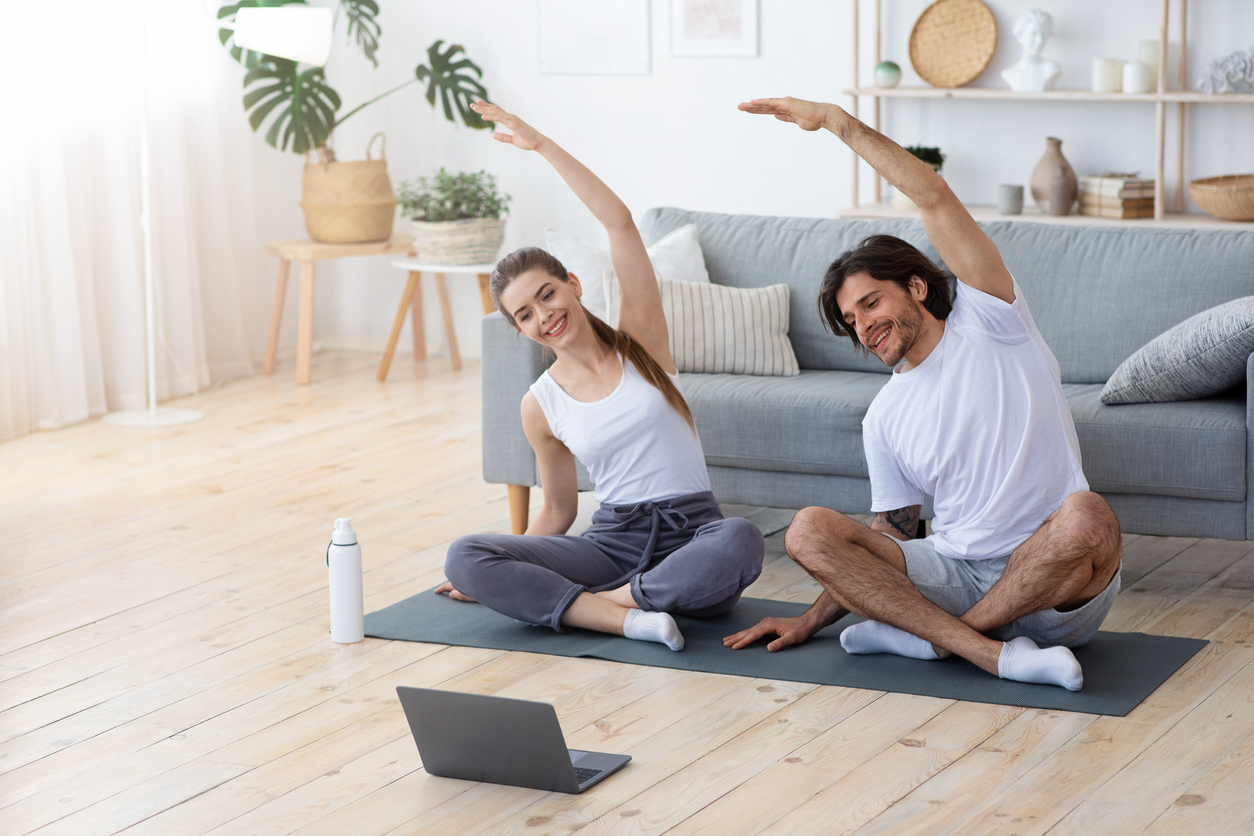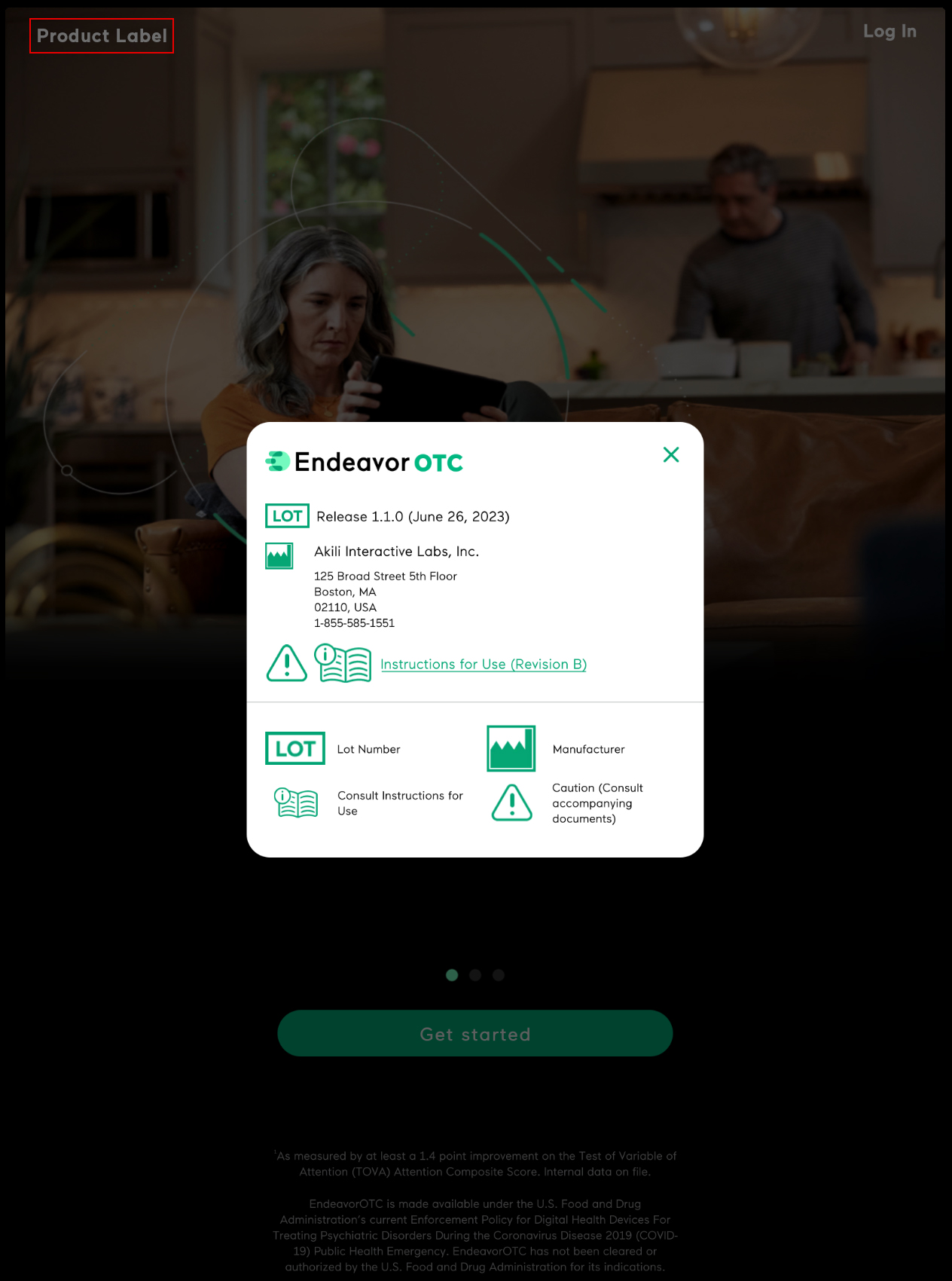Creating Structure And Routine For ADHD Management

If you have been diagnosed with ADHD or have yet to be diagnosed with ADHD, you know that living with this disorder can make daily life tough
Even for those without ADHD, life is getting more and more complicated seemingly by the day. Countless appointments for your work and personal lives, bills for your house or apartment, your car, dozens of subscription services…the list could occupy this entire page.
The best thing anyone can do to manage all of the stresses listed out above, especially those with ADHD, is to create a definitive structure and routine that encompasses as much of your daily life as possible. Creating a structure and routine won’t add any additional tasks or take extra time to complete throughout your day, what they will do though is optimize the tasks you already have; in the end, likely saving you both time and stress.
Luckily, as even the most simple things in life become more complex, so are the tools and systems available to us to help manage everything life throws at us. We’re going to cover some systems you can put in place as well as the aforementioned tools to help you manage your ADHD symptoms.
Choose A Calendar App Or “Life Management” Platform
To keep it simple, in this article we’re going to focus on dedicated calendar apps. While there are great “life management” or “second brain” apps such as Notion, that integrate calendar tools into their platform, you don’t need that to get started.
While this isn’t supposed to be an article covering the “best calendar apps” there are a few worth looking into if you don’t use them. All of these provide basic functionality to help you manage your appointments and time throughout the day. In no particular order:
Google Calendar
Apple Calendar
Microsoft Outlook Calendar
Calendar.com
Fantastical
With all of these calendars, you can have them sync to your email clients depending on which client and calendar combo you use, do basic time blocking, and add important notes to each of the calendar events that you create. One of my favorite functions in these calendar apps is to set recurring reminders for tasks that are daily, weekly, or monthly such as taking prescriptions, feeding pets, doing laundry, cleaning rooms of the house, and so on.
Like everything else, your calendar can only be effective in the management of your ADHD symptoms if you use it. One of the best ways to get the most out of it is to make sure that you’re entering in appointments or tasks immediately when they are mentioned. If you need to revisit your doctor in two weeks time, enter that date and time in your app before you even leave the doctor’s office for example.
Build Extra Time Into Your Appointments & Tasks
This is one of the simplest things you can do to save many headaches throughout your day and week. Once your calendar is set up, build an extra ten minutes into the beginning of your appointments and tasks.
By building ten minutes into your appointments and planning to arrive or start ten minutes early, you’re essentially providing yourself an insurance. Life is full of distractions and unforeseen roadblocks. Whether it’s simply getting distracted cleaning up something on your way out the door, or getting caught behind an accident on the way to your appointment, having that ten extra minutes and knowing it is there is an easy way to breathe easy and not have to worry about showing up late.
Phone-Wallet-Keys Check
Even with that added ten minute buffer mentioned above, it’s easy to run out of the house in a hurry and forget something you made every intention of taking with you.
Every single time you leave your house, no matter where you plan on going or for how long, make a point to do a quick check of your essentials that you need. If you’re like me, my phone, wallet, and keys live in three separate pockets. Before I walk out the door, I physically tap each pocket to make sure I feel each item in their dedicated pockets. If I don’t, I immediately stop what I am doing and perform a reset, making sure I have everything and it’s where it’s supposed to be.
If you’re struggling to make this a habit, you can make a very simple sign to keep at your door that reminds you to check for your phone, wallet, and keys.
Everything Has A Place
What does this mean? All of your most used items, think things that you use every single day, should have a dedicated home inside of your home. Every single time you’re done using that item, it should return to its home. This prevents things from becoming misplaced, and also helps strengthen your daily routines.
Similar to the phone-wallet-keys check, everything having a place can help you both inside your house and for when you’re leaving it. For example, I wear a baseball hat nearly every single day. My wallet, keys, and sunglasses go in my baseball hat that has a dedicated shelf near the door to my house. That way on my way out everyday I can grab them all at once and I know exactly where everything is. No more having to dig around to find where I tossed my hat, and having to dig through pants pockets to find my wallet that I forgot to remove. It’s one less stress knowing exactly where these are at all times.
This leads into the next point of having an order or routine for everything every day.
Daily Routine
Most of us have routines that we stick to daily without even noticing it. When we wake up, we might immediately go to the restroom, then make a coffee before taking a shower and so on. Having a set routine will make it easier to remember what needs to get done—and notice when something is out of place or missing.
Even the simplest tasks throughout your day can be broken into their own routines or incorporated into another routine you’re already doing. One of the best time management skills and habit creating skills I learned (outlined in the book Atomic Habits) is to incorporate tasks into routines you already have. When you do this, it does not feel like you’re adding on anything new or creating more work for yourself; instead it seamlessly integrates.
Start The Day Before
Mornings can be stressful. Maybe you snoozed your alarm one too many times, or you’re just not a morning person, but having to scramble to get everything together, get cleaned up, and get out the door adds unnecessary stress even before your day begins.
One way to combat this is to begin the day before.
Either the day before, or the night before, completing tasks you’d usually do the next morning is one of the easiest ways to make your morning go smoothly.
Either the day before, or the night before, completing tasks you’d usually do the next morning is one of the easiest ways to make your morning go smoothly. Some tasks you can check off the night before include:
Lay Out Your Outfit
How many mornings have you gotten up, gone in the closet and realized what you planned to wear was either in the laundry, or so wrinkly you couldn’t wear it out? By laying out your outfit the night before, you can either adjust accordingly, or do that laundry you’ve probably been putting off.
Prepare Breakfast/Lunch
If you eat breakfast every day and bring lunch to work, having it ready to go for you in the morning is a surefire way to start the day off on the right foot. Walking to the fridge and grabbing something that’s all prepped and packed for you saves you a ton of time that you could use to catch a few more minutes of sleep, or maybe even get in that quick morning workout.
Brew Coffee
Now I’m not a coffee drinker, but if you’re one of the many who must have their morning coffee, having to wait on it can be a deal breaker. Having to wait for coffee to brew, or even worse, having to wait in line at a coffee shop on your way out for the day can put a damper on your day real quick.
Most standard coffee makers have a programmable brew time that you can set to act as your alarm clock. What better way to wake up than to the smell of brewing coffee, right? And if you’re one for a more elevated coffee, you can make a cold brew that does its thing in the fridge overnight so that it’s ready for you first thing when you get up.
Either way, the simple process of having coffee ready for the moment you want/need it in the morning will go a long way in setting the tone for the day ahead.
Pack Your Bag
Whether it’s a backpack, briefcase, purse, or suitcase, packing it the night before can ensure that you leave with everything you need to tackle what lies ahead.
I don’t leave the house without my backpack with my laptop, charger, battery backup, headphones, keyboard & mouse, and notebook. Each night, if I know I’m going out the next day, I make sure all of those things are in my bag so that I can simply grab it and go. In the morning frenzy, it’s too easy to forget a pair of headphones you have charging on your nightstand, or leave my notebook at my desk across the house.
No matter what you carry and however you carry it, having it prepped the night before will alleviate countless things you need to remember in the morning.
